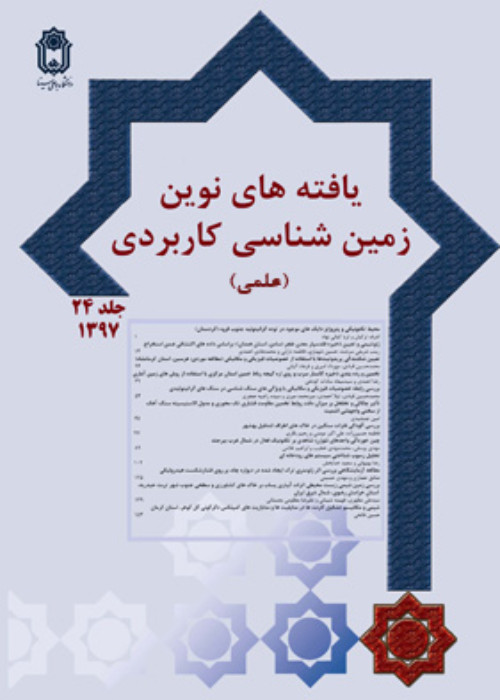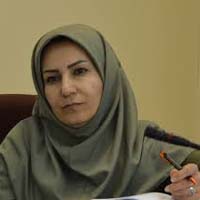Assessment risk of heavy metal contamination in the surface sediments of Urmia Lake’s west and southwest rivers
In this study, in order to investigate the contamination of surface sediments in west and southwest rivers of Lake Urmia, 20 surface samples were taken from a depth of 0-10 cm. After passing the samples through a 2 mm sieve, the total amount of heavy metals was obtained by ICP-OES. Then the geo-accumulation index (Igeo), enrichment index (EF) and pollution index (PI) of metals was calculated. Based on the results, geo-accumulation indices of nickel, cobalt, chromium, arsenic and cadmium in all sediments are in the risk range of extremely high (1<I_geo<2) or high (I_geo>2). Nickel enrichment coefficient in Barandozchai and Gadarchai sediments is extremely high (EF>40) and in Shahrchai, Mahabadchai, Nazluchai and Simineh rivers in very high pollution range (20<EF<40). Arsenic enrichment coefficient in all sediments shows very high pollution. The enrichment index for cadmium, copper, cobalt and chromium indicates high pollution in almost all rivers and it is moderate to high for zinc. Arsenic shows the highest average for contamination index in Nazluchai deposits. Statistical correlation matrix shows the highest correlation between cobalt and chromium with nickel because of their common geogenic origin and the significant correlation between nickel and sand indicates the natural origin of the element. The correlation between zinc and organic matter and clay is significant and probably due to zinc uptake by clay and organic matter. There is a significant relationship between arsenic and cadmium. Principal component analysis indicates 4 sources for the studied heavy metals, the first 4 components with specific values higher than 1, determine more than 85% of data variance. In the first component, nickel and chromium along with sand have the highest weight. Zinc and copper are in second component along with pH, cadmium and arsenic in third component and organic matter and lead in fourth component have the highest weight.
- حق عضویت دریافتی صرف حمایت از نشریات عضو و نگهداری، تکمیل و توسعه مگیران میشود.
- پرداخت حق اشتراک و دانلود مقالات اجازه بازنشر آن در سایر رسانههای چاپی و دیجیتال را به کاربر نمیدهد.



